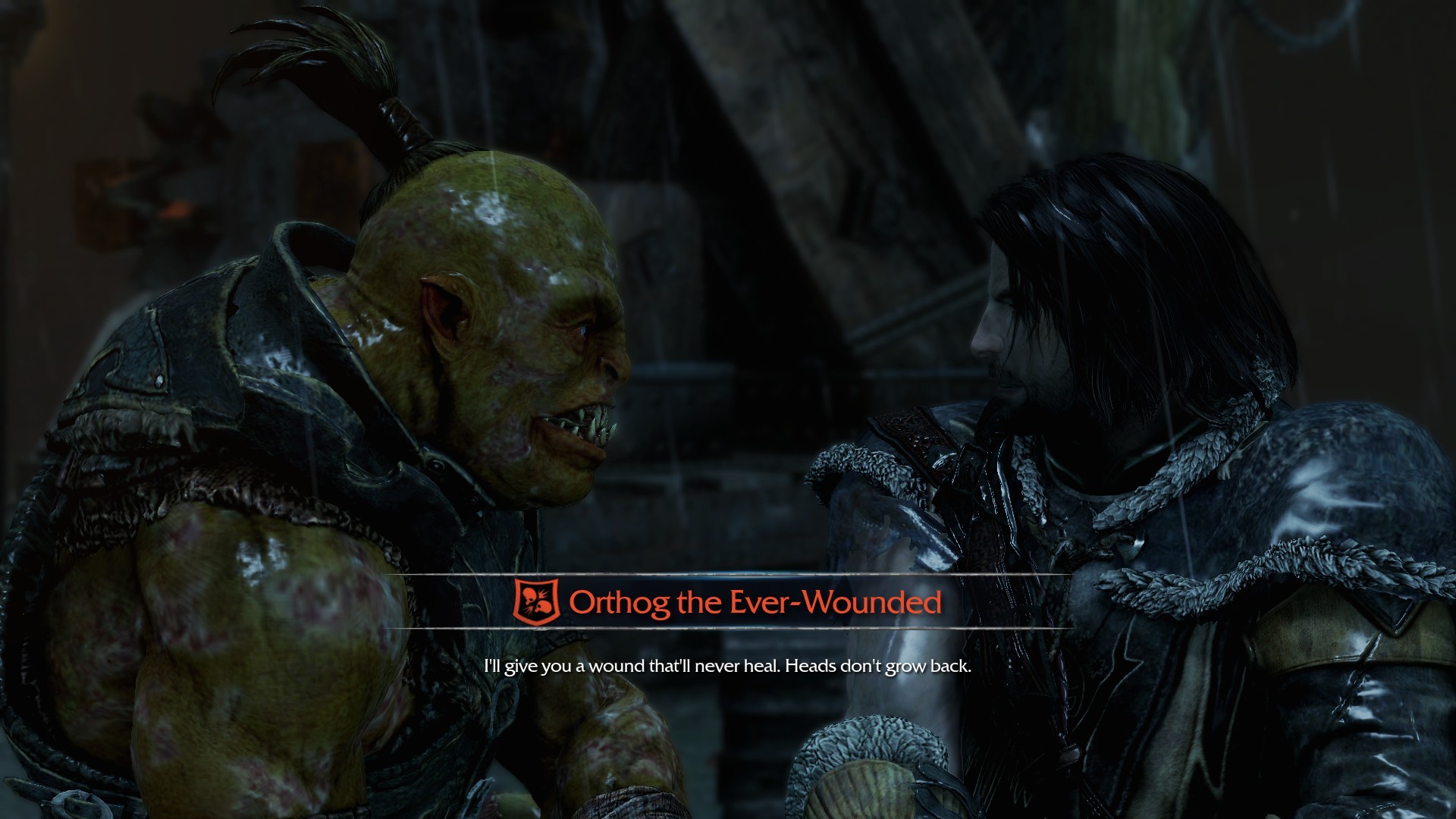- Ok, your turn!
- *Rolls d20* 17!
- Ok, you get to attack the goblin with your longsword
- Now it's the goblin’s turn. *Rolls d20* 19 against your AC, which
deals damage with her shortsword.
Boring, isn't it? Combat is something from d&d that, even though is
one of its core part, sometimes feels more of a drag than an actual epic
moment. A time when roleplay stops or is heavily diminished and players start
worrying about the game mechanics above everything else.
This isn't something that happens at every table, but in the few groups
I’ve dmed in that I saw this happen pretty often. Monsters do have
personalities too! Even the most basic ones. You can act as they would being
the DM, but that would make the battles way more of a slog than they should
(more so if it's just a little encounter with not much to give to the players)
After some thought I created this new concept, which I still have got to
try out. Let's say the player misses its first hit against an enemy while the
creature gets to hit the PC on its turn (or vice versa). That guy is now your
champion. What does that mean? You will describe that enemy's actions above all
the other ones, to make it seem more menacing towards the players. After all,
they don't know how high this enemy's AC is. Maybe they know what that enemy
should have as AC (by having hit one of the others), but that creature isn't
like all the other ones. Taking that into consideration, you can increment it's
AC by 1 or 2, which would make it much more agile than the rest of its squad.
This can give some flavor to the encounter while keeping it simple and
give some personality to the enemies while not having to work that much on it.
Let's show how this works with the following example:
A cleric and a warlock are fighting a group of orcs:
- Cleric crashes his warhammer against the orc’s ribs. You feel as if
one of them got loose on the hit and see the orc’s anger projecting towards
you.
- Warlock launches an eldritch blast which is easily evaded by orc 2, leaving the electrical bolt disappearing in the distance (Possible champion happening here.
- Orc 1 grabs his polearm and gets it stuck in Cleric’s armor, missing the hit.
- Orc 2 rolls high enough to get through Cleric’s armor. So with that the players hear “I’ve got you bro!” while Orc 2 grabs his greataxe and pierces Cleric’s side armor. With that, he will get his face closer to Cleric’s one and say “That’s gonna leave a mark” with a grin in his face.
- Warlock launches an eldritch blast which is easily evaded by orc 2, leaving the electrical bolt disappearing in the distance (Possible champion happening here.
- Orc 1 grabs his polearm and gets it stuck in Cleric’s armor, missing the hit.
- Orc 2 rolls high enough to get through Cleric’s armor. So with that the players hear “I’ve got you bro!” while Orc 2 grabs his greataxe and pierces Cleric’s side armor. With that, he will get his face closer to Cleric’s one and say “That’s gonna leave a mark” with a grin in his face.
Boom! There you got your champion. Now just mark it on your
encounter sheet and lets raise his AC by 1, and his Dex by 2 (so that the AC
makes sense, and also to make him seem better than the rest of his group).
Describe this character’s actions in better detail and make him say a line of
dialog from time to time during combat. He will easily gain your player’s
hatred, and make this simple combat much more realistic. If you want to add
some extra flavor, look for a name for this enemy during your players turn in fantasynamegenerators.com.
Shadow of Mordor
Try not to overuse this, as I am pretty sure it can get tiring and
repetitive. If done properly, it can make your players take drastic actions
they wouldn’t normally take to take your champion down, and make this (maybe) random encounter much more
memorable. Moreover, with some luck on your side, your champion gets to escape,
making a return better prepared on a later occasion, by learning from his/her mistakes. By this, not only would you
have made a great encounter, but also created a possible recurring villain.
As I said before, I haven’t tried this yet (but I may do so this
weekend), so you need to take this advice with a grain of salt. I may do more
of these depending on how good I am at creating them, or how popular they get.
Do you think it’s the best concept you have ever read, or a pile of junk that
needs adjustments? Let’s discuss about it in the comments below.

Comments
Post a Comment